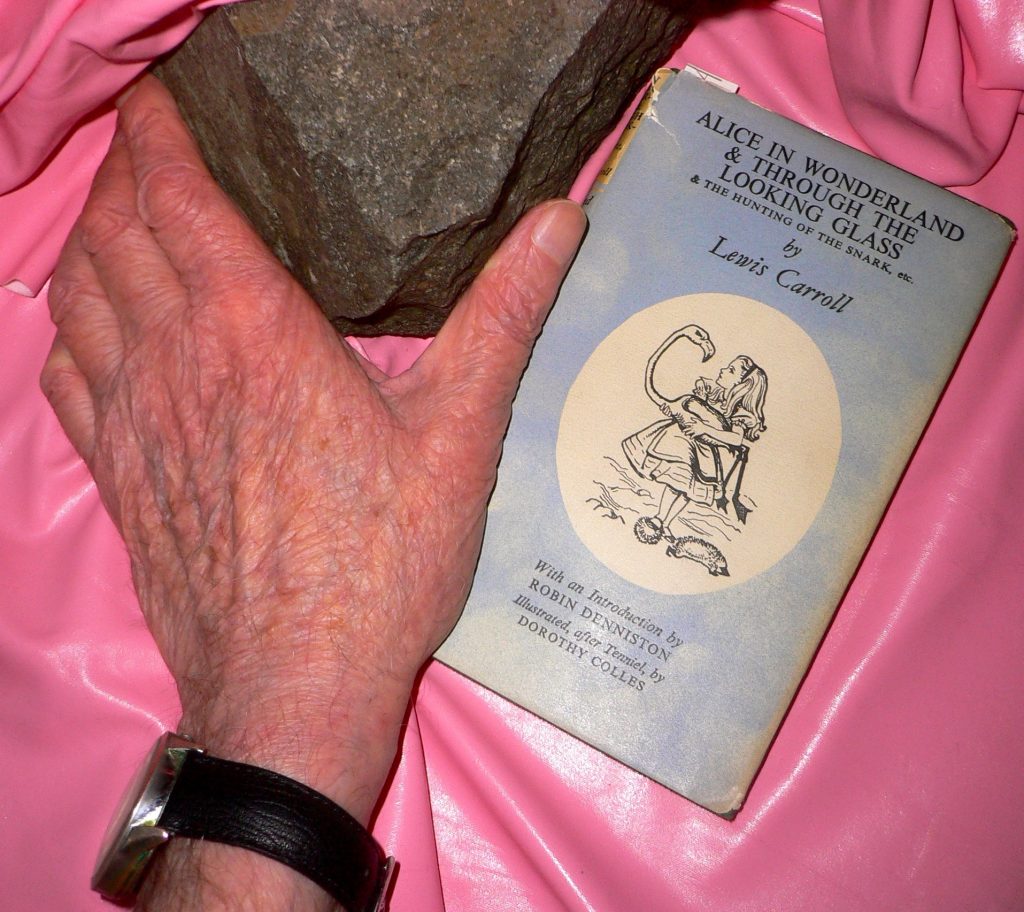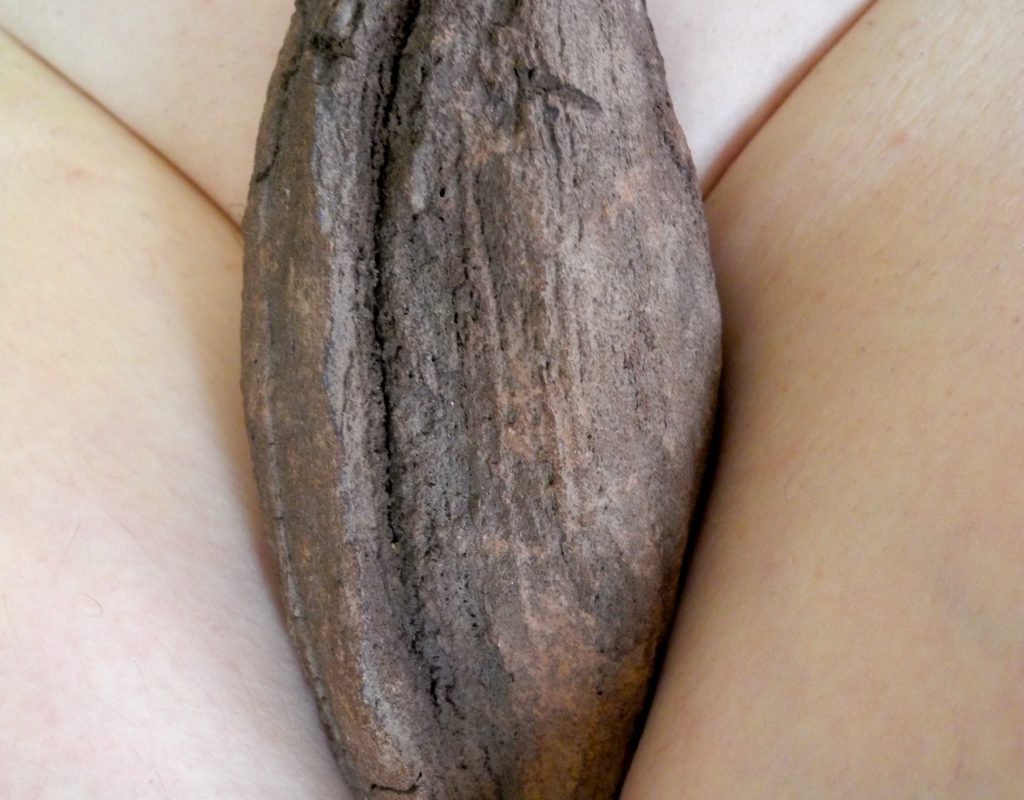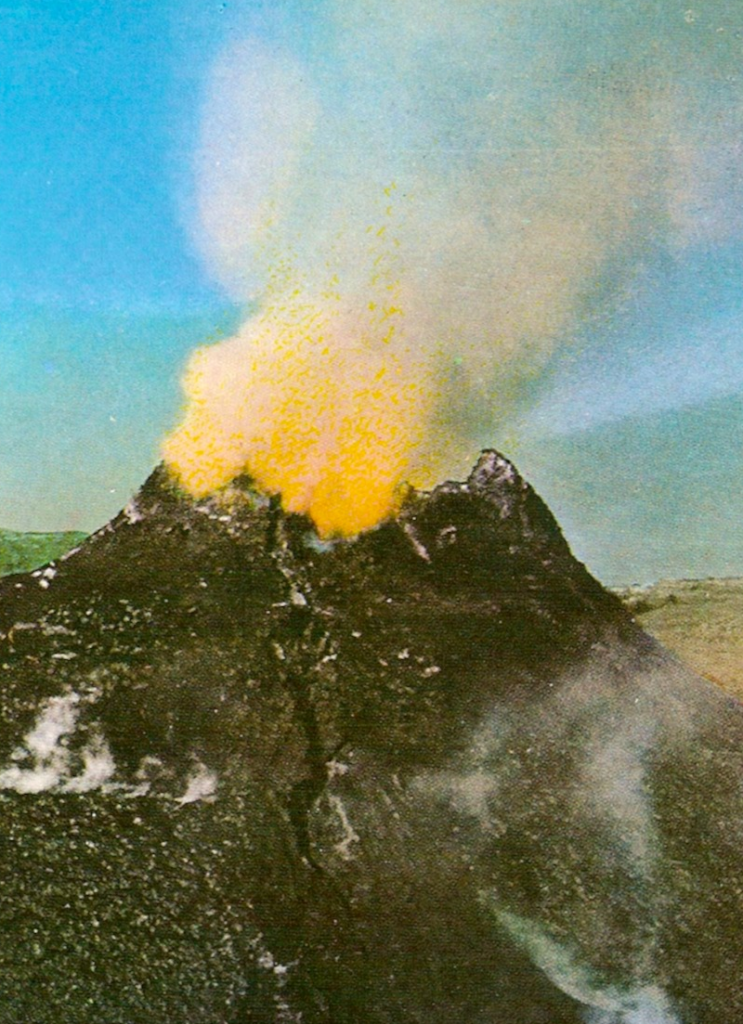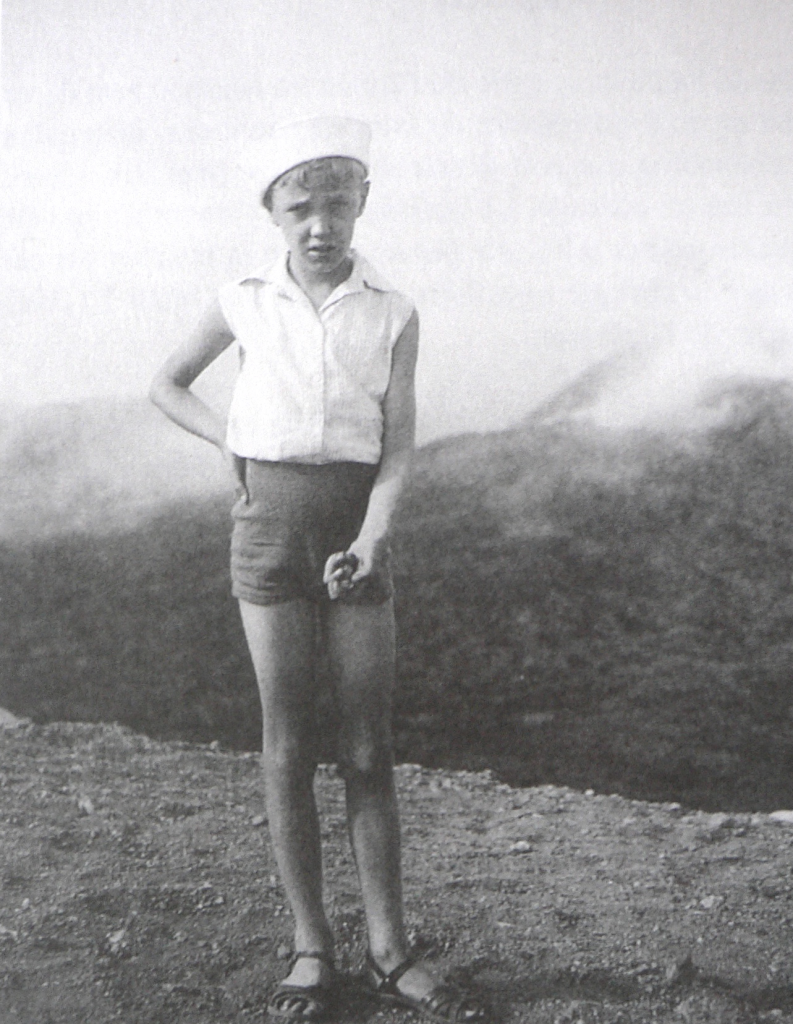Paul-Armande Gette
WHAT VOLCANO? SAID THE KING
27th September – 20th December 2019
The Queen gasped, and sat down: the rapid journey through the air had quite taken away her breath, and for a minute or two she could do nothing but hug the little Lily in silence. As soon as she had recovered her breath a little, she called out to the White King, who was sitting sulkily among the ashes, “Mind the volcano!”
“What volcano?” said the King, looking up anxiously into the re, as if he thought that was the most likely place to nd one.
“Blew–me–up,” panted the Queen, who was still a little out of breath. “Mind you come up–the regular way–don’t get blown up!”
In the middle of Edinburgh is an extinct volcano. It has been extinct for over 340 million years. It was not always so – it formed much of the city’s modern landscape, Edinburgh Castle, for instance, was built on a volcanic plug formed over a vent in the same magma system.
Arthur’s Seat is the modern name of the most visible part of that volcano. It rises from the lower lying buildings up to 250m above sea level. It is impressive. And old.
When one walks into the back field behind LUST AND THE APPLE it is easy to see Arthur’s Seat on a clear or even unclear day. It rises high above the sprawl of Edinburgh. but surprisingly LUST AND THE APPLE is located on a hill that is slightly higher than the volcano. It is an apt place to exhibit a work inspired by such a majestic mass of basalt.
Paul-Armand Gette has always been fascinated by volcanos. Well, volcanos and women. Gallic to the core, PA, as he is known to close friends, has been one of France’s best known artists since the 1960s. Early collaborations with Christian Boltanski, Jean Le Gac and Annette Messager are well documented. He is a prolific publisher of artist’s books but additionally works in photography, drawing, painting and installation art.
For this first ever Scottish show by Gette, the inspiration was a quote from Through the Looking-Glass. ‘“What volcano?” said the King’ is the response by the chess piece when the Queen claims she has been blown up to the air (when in fact Alice has picked her up). “What volcano?” said the King’ is a statement that indicates a lack of attention or empathy. But the truth is that Gette does care – in his world a volcano is a metaphor for lust, for action, for desire.
Gette’s installation (appropriately) at LUST AND THE APPLE begins with a volcanic rock which is erupting – but the wall drawing above the basalt is a visual pun because it also serves as a pubis. The physical and metaphoric embodiment of lust becomes the subject of its own lust. The rock (taken from Arthur’s Seat with permission from the Queen) was the centre of a series of photographs and drawings in the main gallery of LATA – and smaller pieces of volcanic rock were also an important part of an editioned artwork – Gwenhwyfar’s Box – that is issued as past of this exhibition. Gwenhwyfar is of course the Welsh version of Guinevere who was Arthur’s wife in the legends. Together the edition and the installation are in synergy – a statement of sexuality, of history, of the lust and decline of lust of old age and the strength of the world’s fundamental energies in forming all of our lives.




